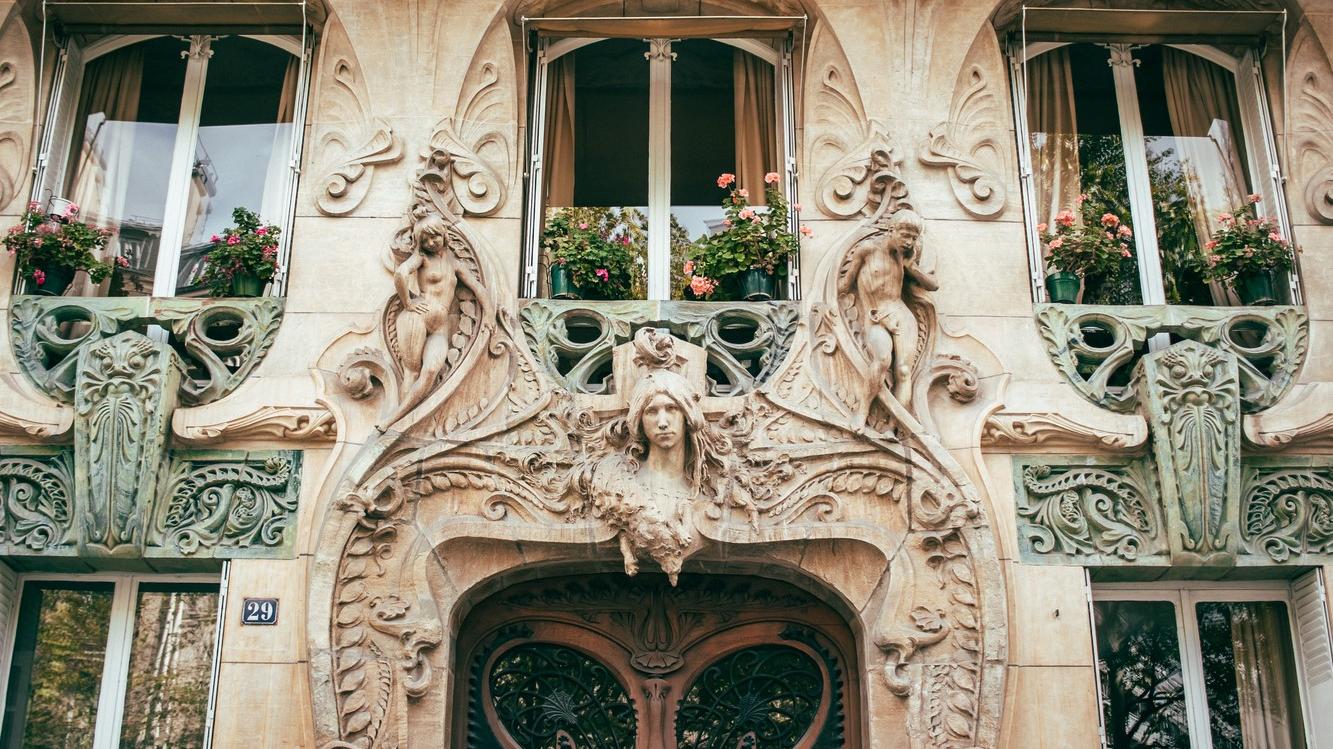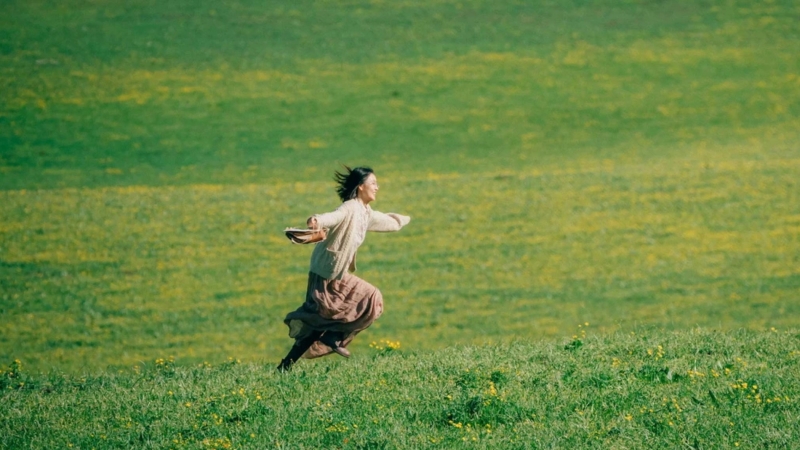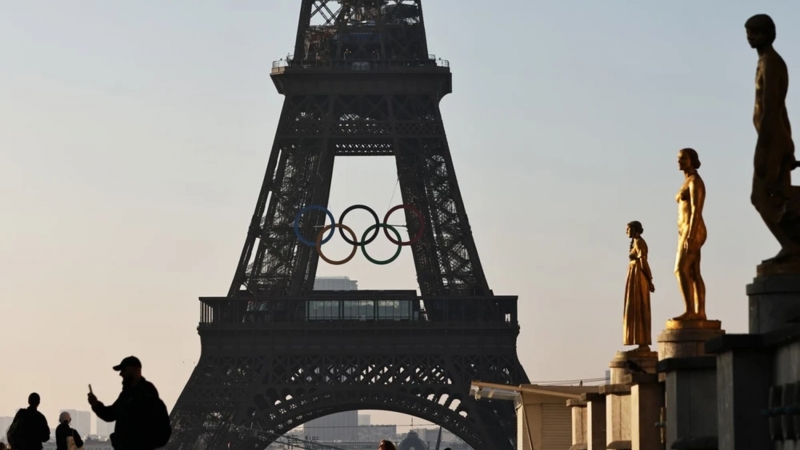In the context of modernism and industrialization that overshadowed the artistic value in architecture, France - a country with a huge architectural heritage from the Renaissance period - pioneered in restoring the link between art and living space. To deal with the uniformity and lack of creativity in public works, the French government issued the policy "1% for Art" in 1951.
Accordingly, this policy applies to many community facility construction projects, including schools, administrative buildings and transport infrastructure. Artists are encouraged to create works that reflect the environment, function and popular culture through various forms: sculptures, murals or installations with the support of local authorities.

The 1% for Art Policy: The Driving Force of France's Public Art
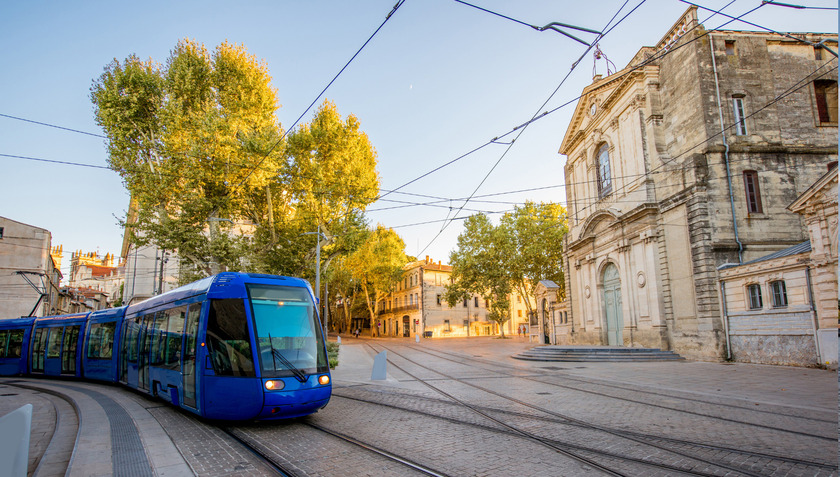
To deal with the uniformity and lack of creativity in public works, the French government issued the "1% for Art" policy in 1951.
This policy is not only a measure to beautify the city but also a way to stimulate the creative spirit of the community, promote cultural diversity and create more friendly living spaces. The works of art created within the framework of this policy often reflect local cultural identity, using a diverse language of shapes and colors to create unique works, bearing the personal mark of the artist. From vibrant murals on hospital walls to abstract sculptures in parks, art has become an indispensable part of the daily life of the French people.

Throughout history, from ancient Greece and Rome to the Renaissance and Bauhaus, the combination of art and architecture has always played an indispensable role in social expression.
The "1% for Art" policy is not only a success of France but also an inspiration for many other countries in the world. It has proven that investing in art is not only a luxury but also an investment for the future, contributing to building a civilized and developed society.

France – a European country famous for its rich architectural history has issued a policy of “1% for Art”.
The Georges Frêches Hotel Management School in Montpellier is a vivid example of the success of the policy of supporting the arts in architecture. The talented designer Matali Crasset has breathed new life into urban architecture by dressing the school in a colorful and unique "shirt". The school's facade is covered with 17,000 anodized aluminum triangles, creating a giant picture that constantly changes color and shape under the sunlight. Each corner of the triangles is like a small story, together telling the story of a dynamic and creative city.

Created in 1951, “1% for Art” was a public funding program that allocated a portion of the budget to create decorative works for schools.
More than just a work of art, the school’s facade is also a unique lighting system, providing a learning and working space filled with natural light. With more than 5,000 geometric glass frames, Matali Crasset has turned his metal artwork into a giant prism, reflecting images of the sky and white clouds onto the walls.
Matali Crasset’s work has not only transformed the Georges Frêches School but has also become a new symbol of Montpellier, attracting the attention of tourists and locals alike. It has proven that art is not just a decoration but also a powerful tool to create creative living and working spaces where people can find inspiration and develop themselves.
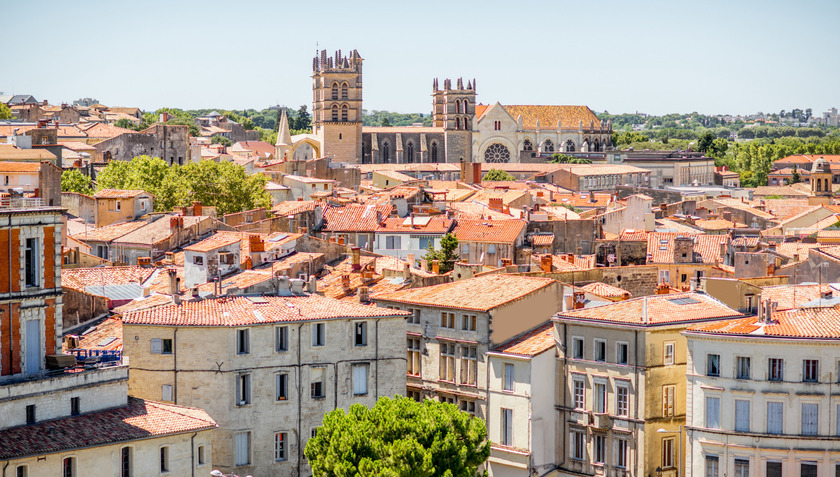
However, the policy was revised and expanded in 1972 after facing criticism for restricting the arts to educational institutions.
The policy’s overarching goal is to continually advance the art and architecture landscape by challenging artists to work within constraints. “It is always about following specific client requirements and a strict set of rules for public projects. 1% for Art encourages the installation of artworks and the artistic intervention of artists to enhance the inherent qualities of the building,” Matali Crasset said.
For more than half a century, the "1% for Art" policy has become a unique cultural phenomenon in France, contributing to the shaping of a country with colorful and inspiring public spaces. This policy is not simply a legal regulation but also a declaration of the value of art in life. Thanks to "1% for Art", art has escaped closed exhibition spaces to blend into daily life, becoming an indispensable part of the urban landscape.
From vibrant murals on skyscrapers to unique sculptures in parks, art has become a common language, connecting people across all cultural and social barriers. This policy has created a generation of talented artists who are constantly creating and innovating, enriching the art treasure of humanity.
"1% for Art" is not only a success for France but also an inspiration for many other countries in the world. It has proven that investing in art is not only a luxury but also a smart investment, bringing long-term benefits to society. This policy has contributed to building an image of France rich in identity, a country of art and creativity.






